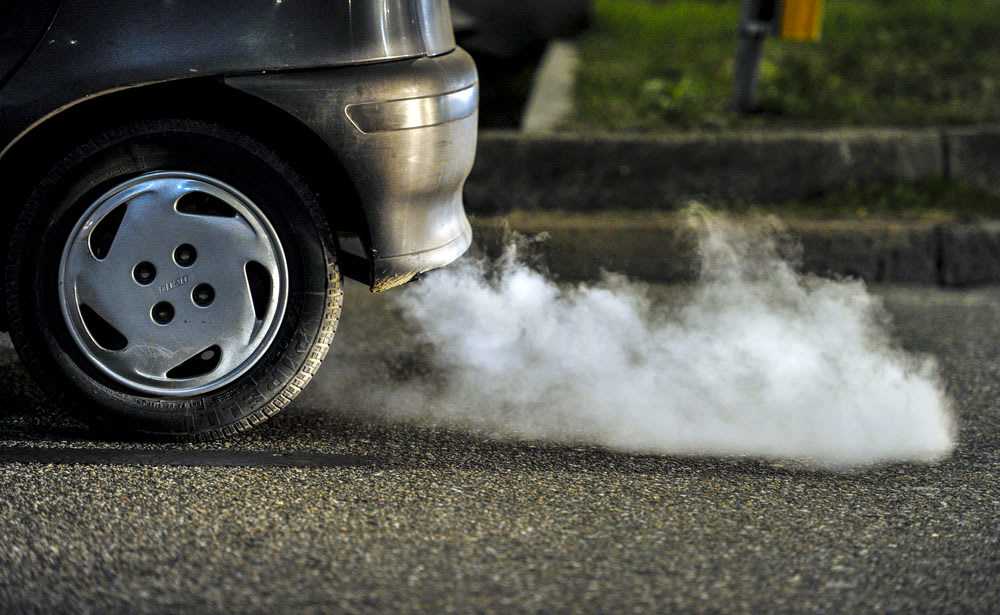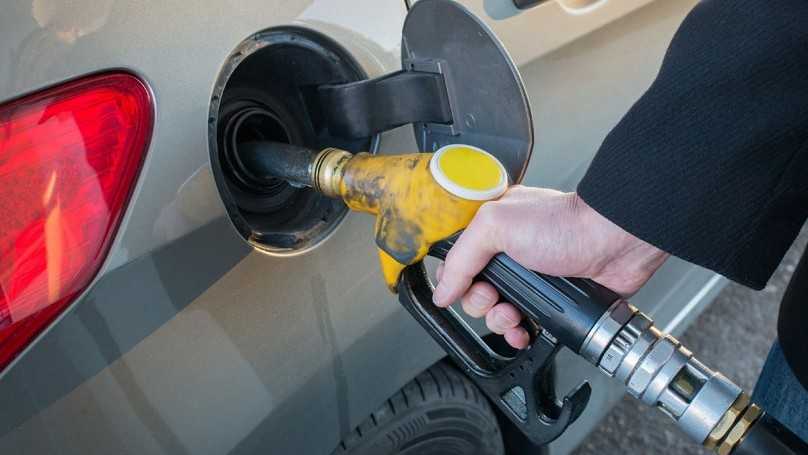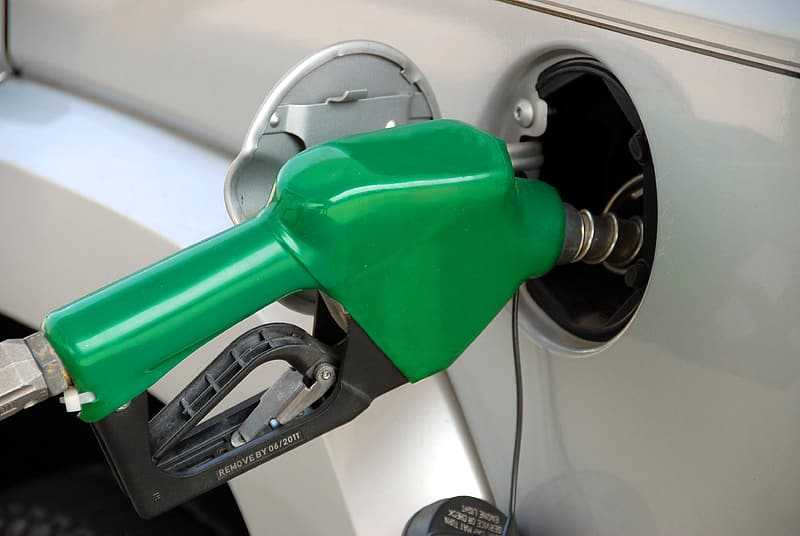Almost all car owners have experience filling up the tank at a gas station. When the pump clicks off, indicating a ‘full’ tank, most people cannot curb the temptation of adding a little more gas. This is universal. People do this to round up the gallon or the bill. Shall you top off gas tank, though? Does it have any harmful effects on a vehicle?
Overfilling gas tank is downright harmful—to both the environment and your car. Here follows a discussion about why you should discard the habit of squeezing in a few more drops.
Contents
What Happens If You Overfill Your Gas Tank
So, you might be thinking about how much harm a little extra fuel can do. After all, you can only fill up a tank as much as it can contain, right?
Technically, yes. But gasoline has some properties that may cause disastrous effects for topping off gas tank.
Two specific properties make overfilling troublesome:
Vapor in gasoline.
Gasoline emits vapor, which is crucial for its burning properly in a vehicle’s engine. But this vapor escapes when there’s not enough space inside the tank.
The lack of enough vapor hampers the burning process, affecting the vehicle’s performance as the fuel cannot burn properly to produce adequate power.

Another problem is air pollution. The vapor released into the environment produces smog by reacting with sunlight. For this reason, most gas stations use a vapor recovery system to reduce its detrimental effects. Some car gas tanks also minimize the vapor release by using a charcoal canister that collects the vapor and returns to the combustion chamber for burning.
Expansion of gasoline.
Can you overfill your gas tank? You can but should not because of vapor. Another reason is the expanding nature of gasoline.
Heat expands gasoline. Gas stations store the gasoline supplies in underground tanks to keep them cool. But the room temperature and the interior of a car’s gas tank expand the gas a bit. So, overfilling will make the gas create unnecessary pressure on the gas tank’s walls.
See more:
Top Off Gas Tank: Why Is This Bad?
Is it bad to overfill gas tank? Of course, it is.
Many drivers still mistakenly believe that filling the tank with gas will help the car have greater performance, but in fact, this badly affects the car. Overfilling is bad for your car. The gas tank needs some wiggle room for the vapor and expanded gasoline.
Let’s find out which troubles a top off gas tank can bring onto your vehicle.
Ruining the charcoal canister
The vapor recovery system cannot do its function when a tank is full. An overfilled tank makes the charcoal canister to suck in liquid fuel, causing its damage. Also, when there is no room for the gas to evaporate in the tank, it will happen in the vapor collection system (or the charcoal canister), leading to its failure.
A bad charcoal canister is one reason for high emissions and poor vehicle performance. You may need to replace the canister, which can be expensive, requiring anywhere from $190 to $560, including the parts and labor costs.
Excessive gasoline in the system may cause some other damaging effects. An overflowing charcoal canister can not only break the vapor system but also create excessive pressure on the fuel-burning system. If that happens, you may need to change many engine components or even the whole engine.
Bad for the environment
Overfilling may spill fuel on the ground, which is bad for the environment as it can evaporate and create smog by reacting with the sunlight. This smog is damaging to the ozone layer, which protects the earth from harmful UV rays.
Extra gas also creates excessive exhaust fumes, contributing to air pollution. Gasoline itself is toxic to human skin and breathing in the fumes is detrimental to health.
Causing extra expenses
Many gas stations have a vapor recovery system that recaptures the vapor and pumps back the extra gasoline from the car’s gas tank to the station’s reservoir. But you are still charged for that extra amount of gas. It means that you have to pay for something that you haven’t got.

This system involves clicking off the gas nozzle automatically when the vehicle’s tank is full. Because of this safety system, gas vapor cannot escape into the air to cause air pollution and extra gas cannot create complications in a car’s fuel-burning system.
Also, a top off gas tank may damage the vapor collection system, resulting in expensive repairs.
Affecting the car exterior
If you overfill gasoline, excess gasoline will spill out and stick to the surface of the car, affecting the car’s paint. Over time, if the car is not cleaned thoroughly, yellow stains will appear around the gas tank area, making it difficult to clean and causing the car to lose value.
Watch more:
FAQs
When should you pump gas for your car?
According to experts, when discussing how to refuel a car, car owners should refuel the car when the gas needle is about to reach E. This will help protect the engine and related systems. The fuel needle will warn of low fuel status by flashing continuously. If you continue to run when the fuel is low, the engine such as pipes, fuel pump, or injectors will be easily damaged. And the best time to fill gasoline is during cooler parts of the day like early morning or late evening.
How far can you drive with the gas light on?
When the gas light on your dashboard or the car’s fuel needle reaches the E mark, it means your car will have to use the fuel stored in the tank, the vehicle can continue driving a distance to the nearest gas station. Avoid turning off the engine in the middle of the road.
Normally, vehicles will be designed to add about 10 – 15% of the overall fuel tank to reserve for emergencies. From that amount of gasoline and the vehicle’s user manual, each car owner will calculate the additional distance the vehicle can travel.
What to do if you put the wrong fuel in your car?
This is a situation that many drivers encounter. Diesel cars that are filled with the wrong fuel when operating on the road will be very noisy, damage the engine, and not be able to restart.
Therefore, if the car is filled with the wrong fuel, the best way is not to start the engine but to drain the fuel from the tank and clean the tank and nozzles. In case the car makes engine noises, it is best to take the car to the garage to have the staff fully check it.
The Final Words
Proper fueling not only ensures fuel efficiency but also gives safety to car owners when driving. So, the discussion makes it clear that you should never overfill the car’s gas tank.
To save up a few cents, you may end up paying for hefty car repairs and contributing to environmental pollution. We hope that sharing this topic will help you optimize the engine performance, ensure safety, and extend the life of the vehicle.



